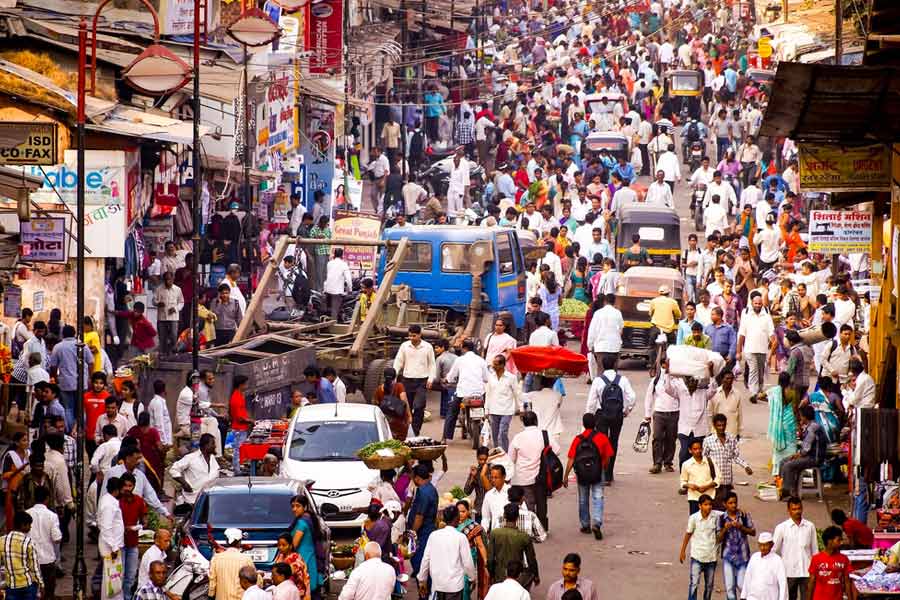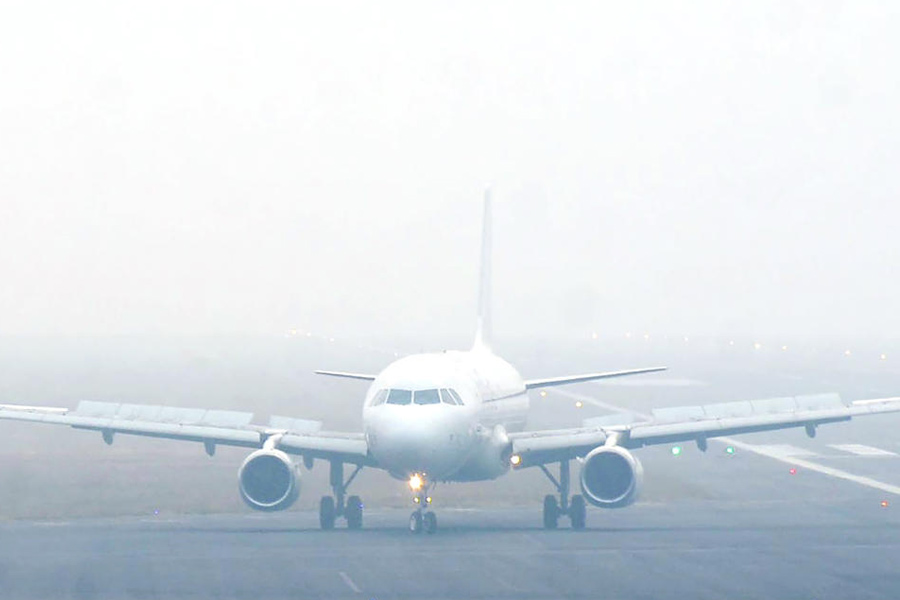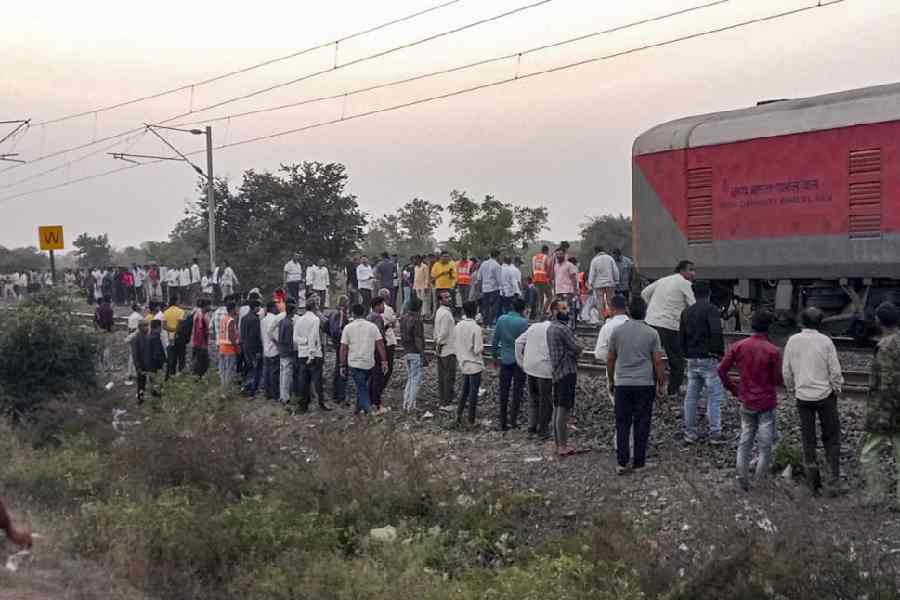India's elderly population is expected to double by 2050, UNFPA India chief Andrea Wojnar said, stressing that more investment in healthcare, housing and pensions is needed, especially for older women who are "more likely to live alone and face poverty".
In an interview with PTI given days after the World Population Day on July 11, Resident Representative for UNFPA India, Wojnar, outlined key population trends that India is prioritising to accelerate sustainable development.
These trends include the youthful population, ageing population, urbanisation, migration, and climate resilience, each presenting unique challenges and opportunities for the nation.
She said as the number of individuals, aged 60 and above, is projected to double to 346 million by 2050, there is a pressing need for increased investment in healthcare, housing and pension schemes.
"...especially for older women who are more likely to live alone and face poverty," she said.
India boasts a substantial youthful population, with 252 million people aged between 10 and 19 years, the UNFPA India head said.
She highlighted that investing in health, education, job training, and job creation, alongside promoting gender equality, can unlock the potential of this demographic, driving the nation toward sustainable progress.
"With India projected to be 50 per cent urban by 2050, building smart cities, strong infrastructure, and affordable housing is crucial to manage slum growth, air pollution, and environmental issues,” Wojnar said.
“Urban plans should also consider women's needs for safety and security, and access to health care and education and jobs to promote gender equality and improve overall quality of life," she said.
She also noted that managing internal and external migration requires meticulous planning, skills development, and economic opportunity distribution.
Addressing the specific challenges faced by women as migrants or spouses left behind is essential for balanced growth. Integrating climate resilience into development plans and investing in renewable energy is vital, she said.
Except for the headline, this story has not been edited by The Telegraph Online staff and has been published from a syndicated feed.











